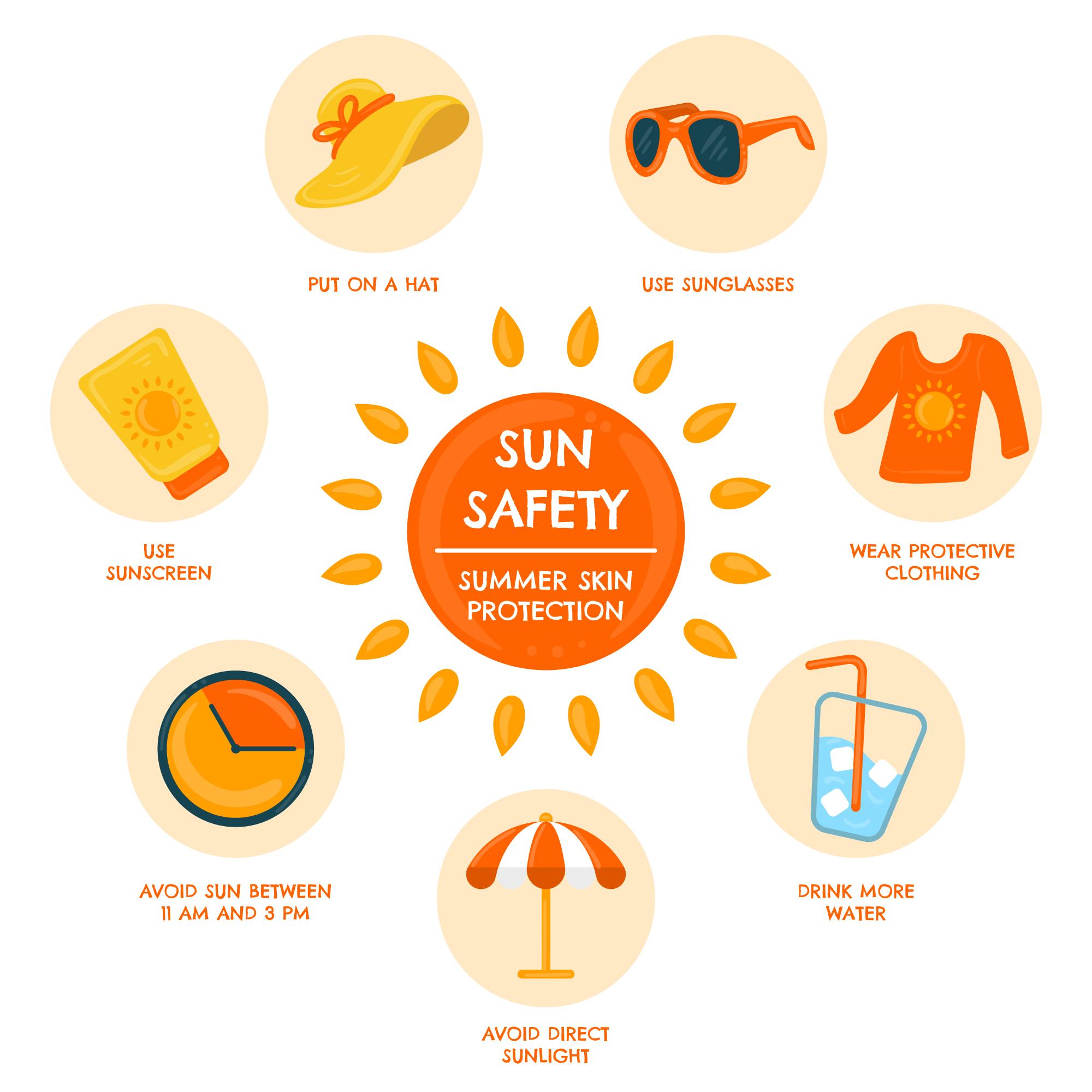Sunscreen is an essential component of any skincare routine, playing a critical role in protecting your skin from the harmful effects of ultraviolet (UV) radiation. Despite its importance, many people are unsure about how to choose the right sunscreen and apply it correctly. This comprehensive guide will help you understand the importance of sunscreen, how to select the best product for your needs, and tips for proper application.
Why Sunscreen Is Essential for Skin Health
Prevents Premature Aging
Regular use of sunscreen helps prevent signs of ageing such as wrinkles, fine lines, and hyperpigmentation. By blocking UV rays, sunscreen preserves collagen and elastin, keeping your skin firm and youthful.
Reduces the Risk of Skin Cancer
Skin cancer is one of the most common cancers worldwide, but it is also one of the most preventable. Consistent use of sunscreen significantly reduces the risk of developing skin cancer, including melanoma, the deadliest form of skin cancer.
How to Choose the Right Sunscreen
Broad-Spectrum Protection
Choose a sunscreen labelled “broad-spectrum” to ensure it provides protection against both UVA and UVB rays. This comprehensive protection is crucial for preventing sunburn, skin ageing, and skin cancer.
Sun Protection Factor (SPF)
The SPF rating indicates how well the sunscreen protects against UVB rays. Dermatologists recommend using sunscreen with an SPF of at least 30, which blocks approximately 97% of UVB rays. Higher SPFs offer slightly more protection but should still be reapplied regularly.
Suitable for Your Skin Type
- Oily or Acne-Prone Skin: Look for non-comedogenic sunscreens that won’t clog pores. Gel-based or matte-finish sunscreens are often a good choice.
- Dry Skin: Choose sunscreens with hydrating ingredients like hyaluronic acid or glycerin. Cream-based sunscreens can provide extra moisture.
- Sensitive Skin: Opt for sunscreens with mineral (physical) blockers like zinc oxide or titanium dioxide, which are less likely to cause irritation.
Water Resistance
If you plan to swim or sweat, choose a water-resistant sunscreen. Water-resistant sunscreens are labelled with the duration of their effectiveness (40 or 80 minutes). Remember to reapply after swimming or sweating.
How to Apply Sunscreen Correctly
Apply Generously
Most people do not use enough sunscreen, which significantly reduces its effectiveness. For full body coverage, you need about one ounce (a shot glass full) of sunscreen. For the face alone, use about a nickel-sized dollop.
Don’t Miss Key Areas
Ensure you cover all exposed areas, including the face, neck, ears, back of the hands, and tops of the feet. Don’t forget commonly overlooked spots like the scalp (especially if you have thinning hair) and the back of the neck.
Apply Before Sun Exposure
Apply sunscreen at least 15-30 minutes before going outside to allow it to fully absorb into your skin. This ensures maximum protection when you step out.
Reapply Regularly
Sunscreen should be reapplied every two hours, or immediately after swimming, sweating, or towel drying. Even if the sunscreen is labeled as water-resistant, reapplication is crucial for continued protection.

Additional Sun Protection Tips
- Seek Shade: Whenever possible, stay in the shade between 10 a.m. and 4 p.m., when the sun’s rays are strongest.
- Wear Protective Clothing: Use long-sleeved shirts, pants, wide-brimmed hats, and UV-blocking sunglasses to protect your skin.
- Use Extra Caution Near Water, Snow, and Sand: These surfaces can reflect the sun’s rays, increasing the risk of sunburn.
Conclusion
Sunscreen is a vital part of maintaining healthy skin and preventing long-term damage from UV radiation. By choosing the right sunscreen for your skin type and applying it correctly, you can enjoy the sun safely and keep your skin looking youthful and radiant.
For more skincare tips and expert advice, visit the Skincare Tips section of the Skinive app website.










